Five photos of my everyday life. Day three: frond.
Toto, I’ve a feeling we’re not in Canberra any more.
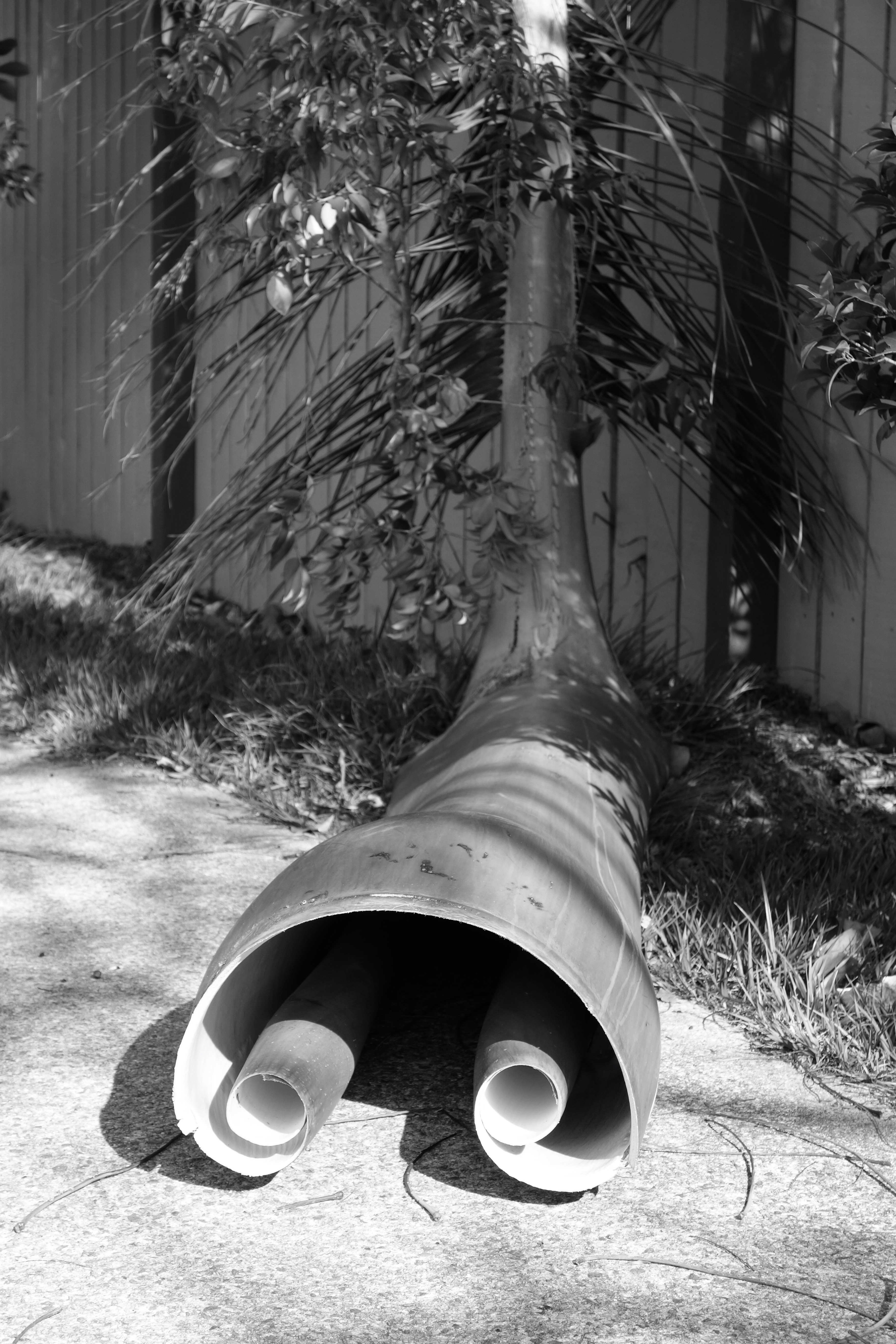
Inspiration from anevolvingscientist.org (on his Facebook page).

A quiet place.
Five photos of my everyday life. Day three: frond.
Toto, I’ve a feeling we’re not in Canberra any more.

Inspiration from anevolvingscientist.org (on his Facebook page).
Black and white photos of my everyday life. Day two: Fountain.
The Captain Cook Memorial Jet in Lake Burley Griffin, Canberra, shoots water 152 metres high for about four hours a day. In moderate wind the fountain spray forms a transparent curtain across the lake. In strong wind it’s turned off to prevent a water hazard on the nearby bridge.
Photo taken during a visit this week to the National Library to read Pierrots on the Stage of Desire, a history of 19th-century French pantomime.
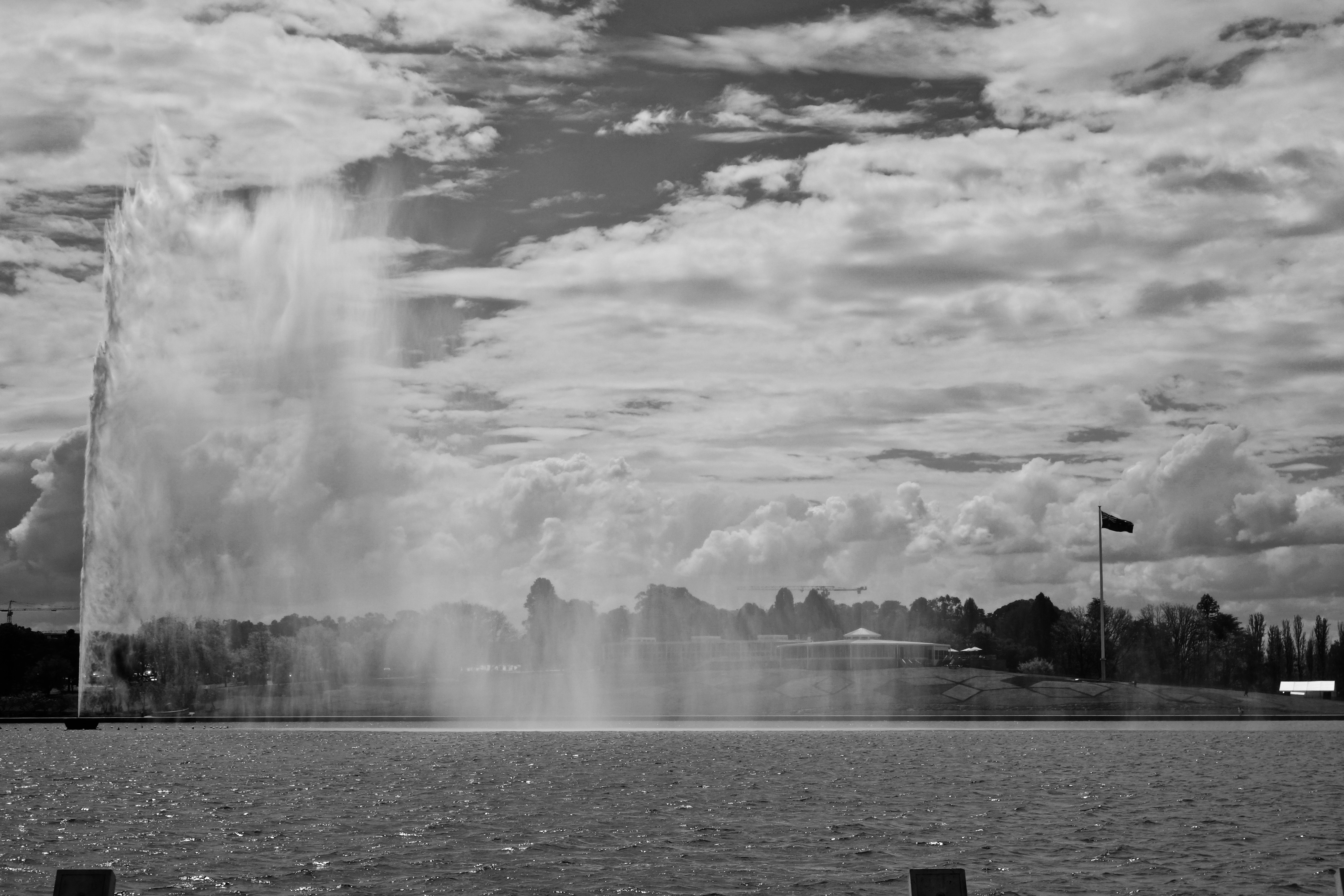
Inspiration from anevolvingscientist.org (on his Facebook page).
Five photos of my everyday life, in black and white. Day one, fungus.
My gardens have just had a professional makeover. The gardener re-made four identically shaped gardens with the same range of plants repeated in each. But in one of them, under and around a grevillea, a leathery tan fungus is growing, apparently not a bad thing. It’s possibly a saprophytic cup fungus feeding on the rotting forest litter used as mulch. I just spotted it a couple of days ago. It’s a real head-turner and typically evokes this reaction: Whoa, what’s that?
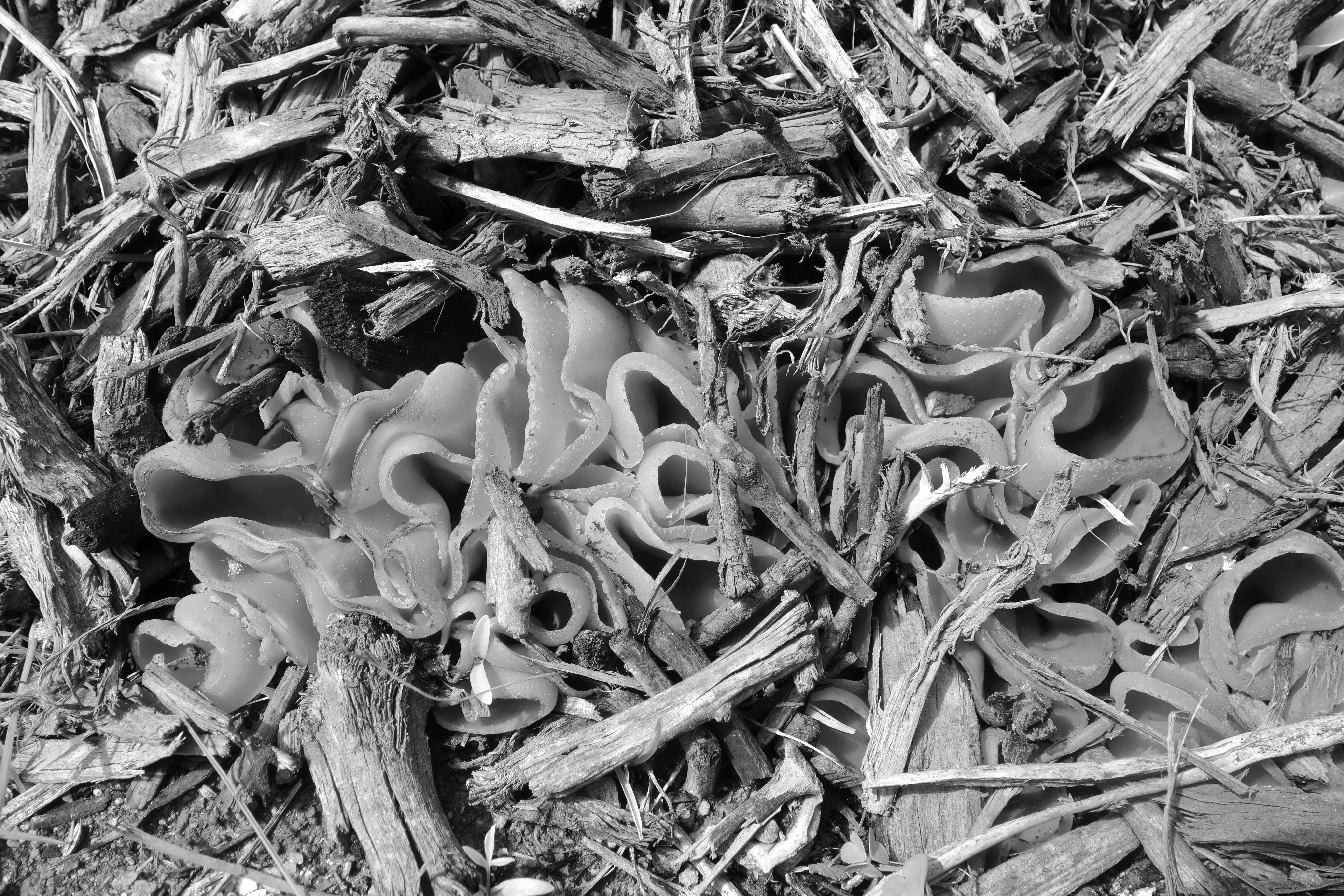
Ken, anevolvingscientist.org, came up with this photo challenge. Many thanks!
*
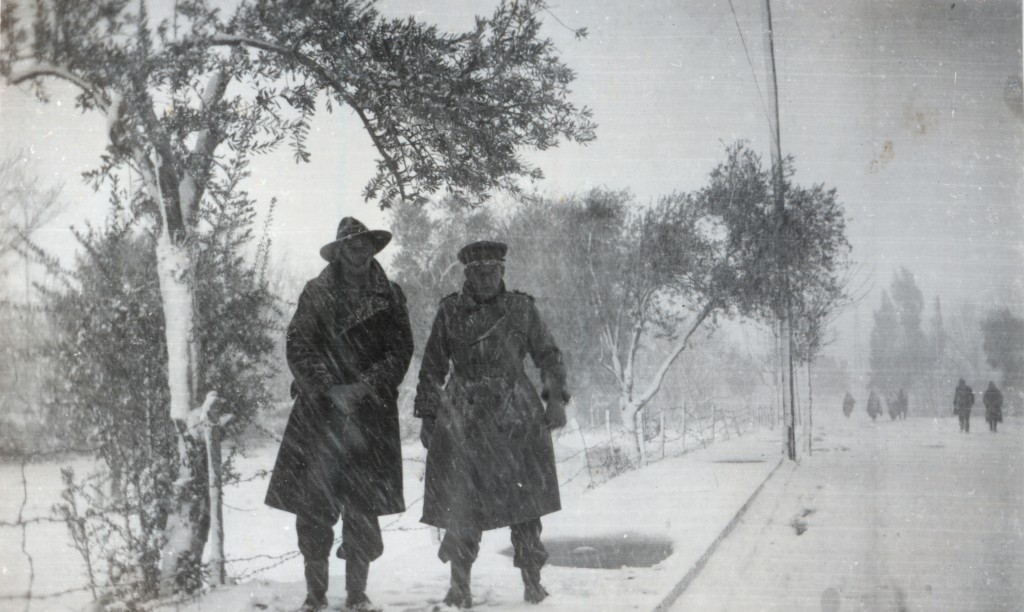
Some years ago I scanned hundreds of photos from an album my father brought back from the Middle East in 1942. The original snaps are small, about 2″ x 3″, so I’m fascinated by the detail I now see in these scanned and enlarged photos, such as the people on the right in the image above. The caption for this picture says “Col. Gee, Syria”. Nothing about the other guy. However, it’s uncertain whether it was taken in Syria or Lebanon. The photo below, the ski school for the soldiers, is marked as located in Syria when in fact it was in Lebanon.
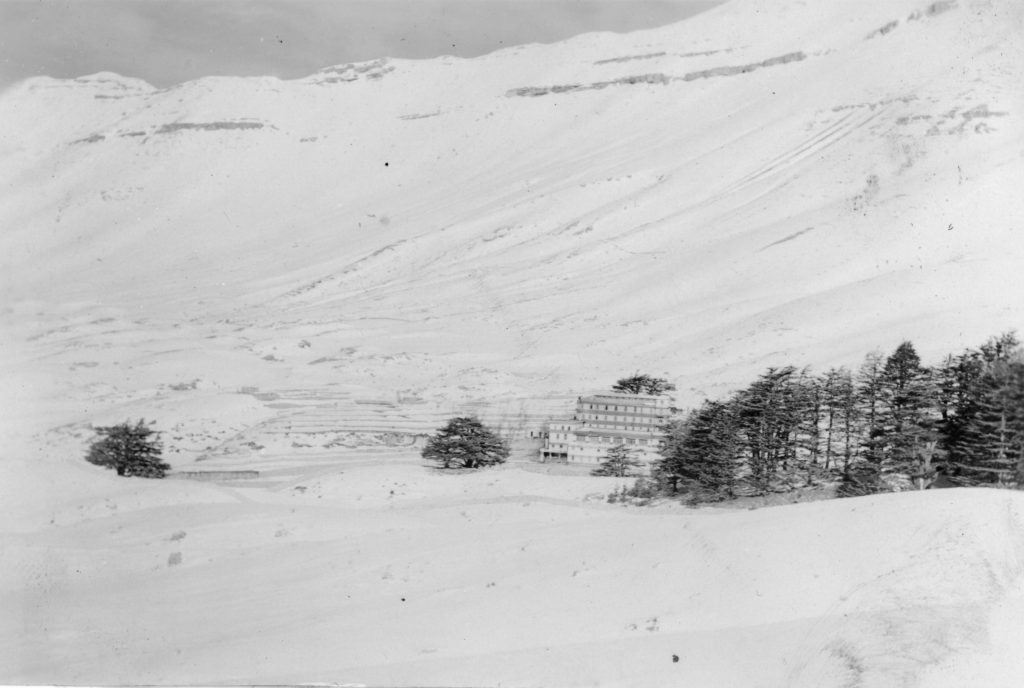
Easy mistake to make, since the Australian soldiers were sent to train in Syria in the winter of 1941/42, but from there they went to Lebanon to train to fight in snow country. A disused chalet near Bcharre in the Lebanon ranges was turned into a ski school. It was pretty hard on the Australians, used to extreme heat but not extreme cold.
So much snow. The magnificent cedars of Lebanon form the only contrast in this black and white image.
*****
On 1st September the Australian spring officially sprang. While those north of Canberra may think it might as well still be called winter down here, the inhabitants of this capital can see the seasonal signs that temperatures are slowly slowly creeping up.
Before yesterday, before 6.12am yesterday, I could’ve said I’d lived in Canberra for 20 years and had never seen the sun rise over Lake Burley Griffin. Now I can say I have. I rose at 5 to get to the lake for the ephemeral moment of joy at 6.12. It wasn’t the cloudy, fiery sunrise of the previous morning (see Brand New Day), it wasn’t breathtaking like the dawn seen by rowers in winter fog. There were no orange clouds and no pastel mist; it was an absolutely clear sky giving me a brilliant start to the day. Sure, the temperatures were not springy. It was 3 degrees when I left home at 5.45, barely 1 degree down at the lake, then after an hour of sunrise-watching it had warmed up to 4, but back home it was down to 2.
Still, this post is about the signs of changing seasons. If the dawn temperature has improved little since winter, it’s evidently spring when the trees are slowly putting on their new clothes. Some even burst out in flower before leaf. A close look at the branches highlit by the new sun reveals tiny prunus bouquets here and there.
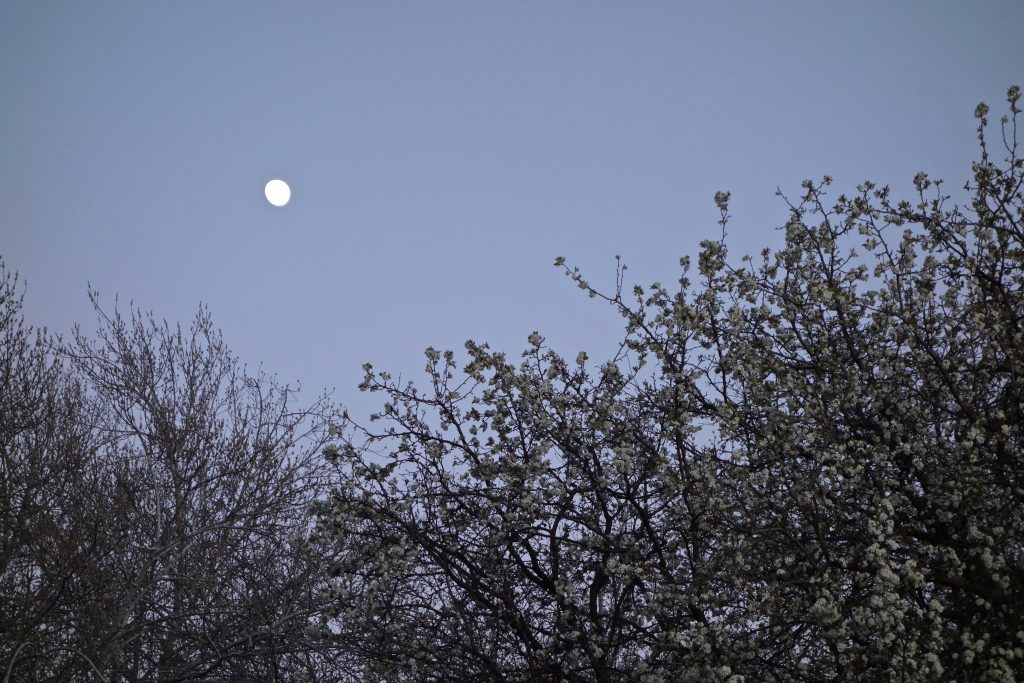
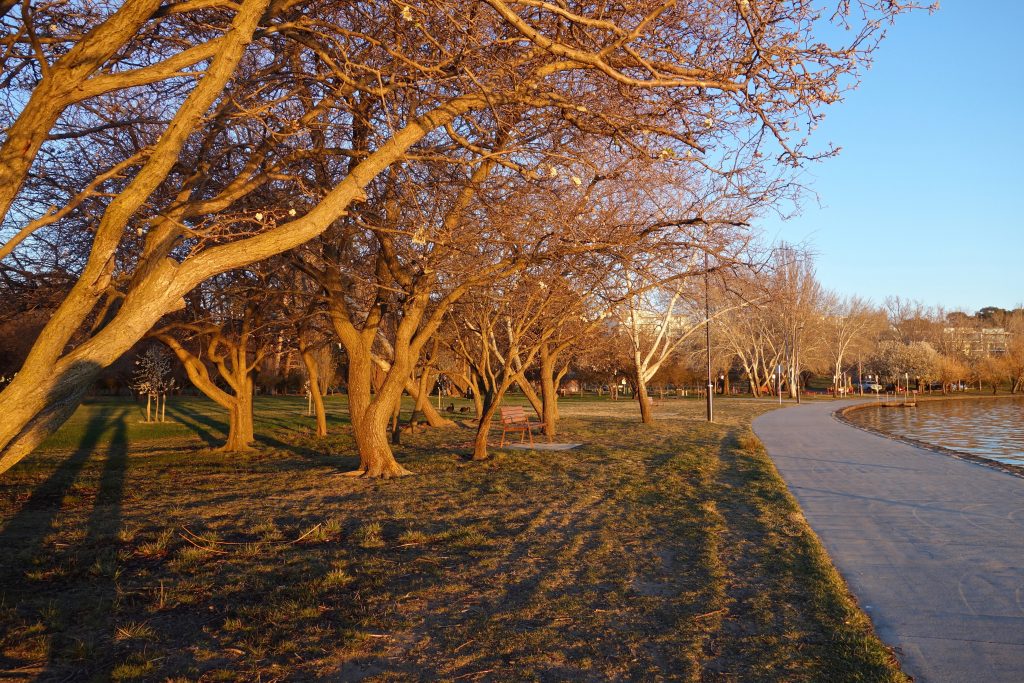
That moment when the ball of fire that is our sun appears in full over the horizon is always a head-turner. It’s hard to believe I didn’t feel the earth move even though it did.
*****
The Changing Seasons photo challenge comes from Cardinal Guzman.
*****
Thank you for reading me here on my new blog. There is now a ‘like’ button in the form of a red heart after my posts. It’s accompanied by a ‘share’ button.
If you’d like to receive a notice about my new posts, add your email address to the subscription box on the right. In the real world I don’t like being followed, but in the blogging world it’s generally a very good thing. So follow me.
*****
This is the first post on my new blog, soundslikewish the sequel.
I had a good start to the day when I woke at 6am and saw the white curtains glowing pale orange over the east-facing window. I zipped out to the back yard to see a fiery sunrise. Of course I had a camera in my hand…
It’s also a day when I’m beginning a new translation requested by a publisher, though I’ve just this minute received a warning from the Australian Society of Authors about the offer. Has the publisher provided me with a contract? No. Well then, proceed with extreme caution. That’s the advice I’m heeding as I cautiously take the French story about Pierrot and Polichinelle down to the local café, translate it, drink a cappuccino and eat a croissant.
Later today I’ll think about asking for a contract. Unless there’s a brilliant sunset and I’m drawn away from the tedious details of life to admire the beauty of the sun that will rise and set no matter what we humans do.
*****
A reader of this blog, a maritime archaeologist writing a PhD, expressed an interest in some of the photos I’ve posted here over the past five years, especially images of the Nile and its boats. So this post is about the Nile River, Egypt, in a particular period, 1941/42. The photos are from my father’s album, from a time he was stationed there for seven months with the army (not counting the couple of months to get there and back). He took photos and swapped photos with his mates, stuck them in an album and left them for his family to do what they wanted with them. Many of these photos have been on this blog before, with a couple of exceptions. Where there were captions beneath the photos in the album, I’ll repeat them. Where there was none, I’ll write what I know, if I know anything. The photographers of these photos are unknown. Some were taken by my father, some were not. I don’t know which is which.
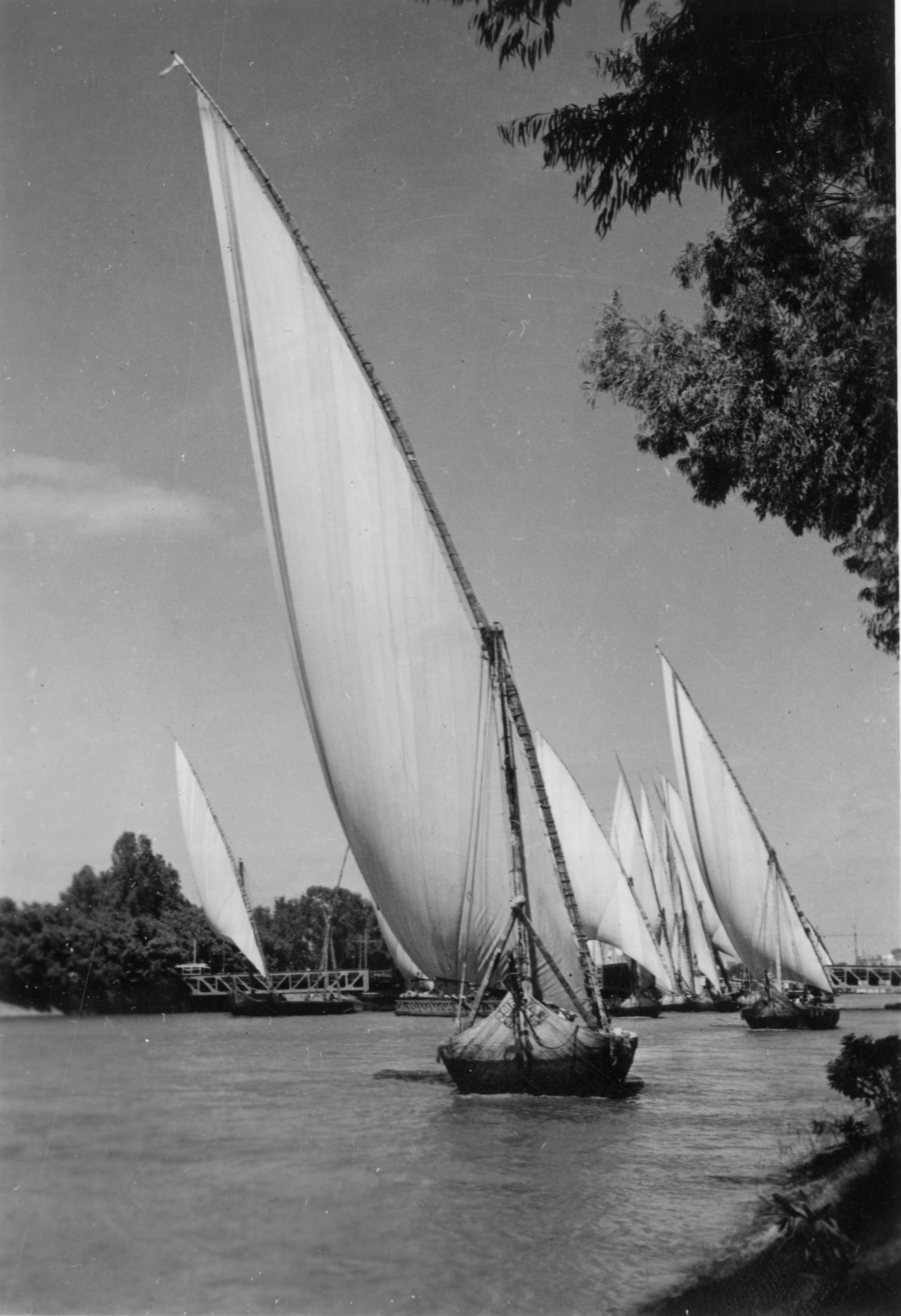
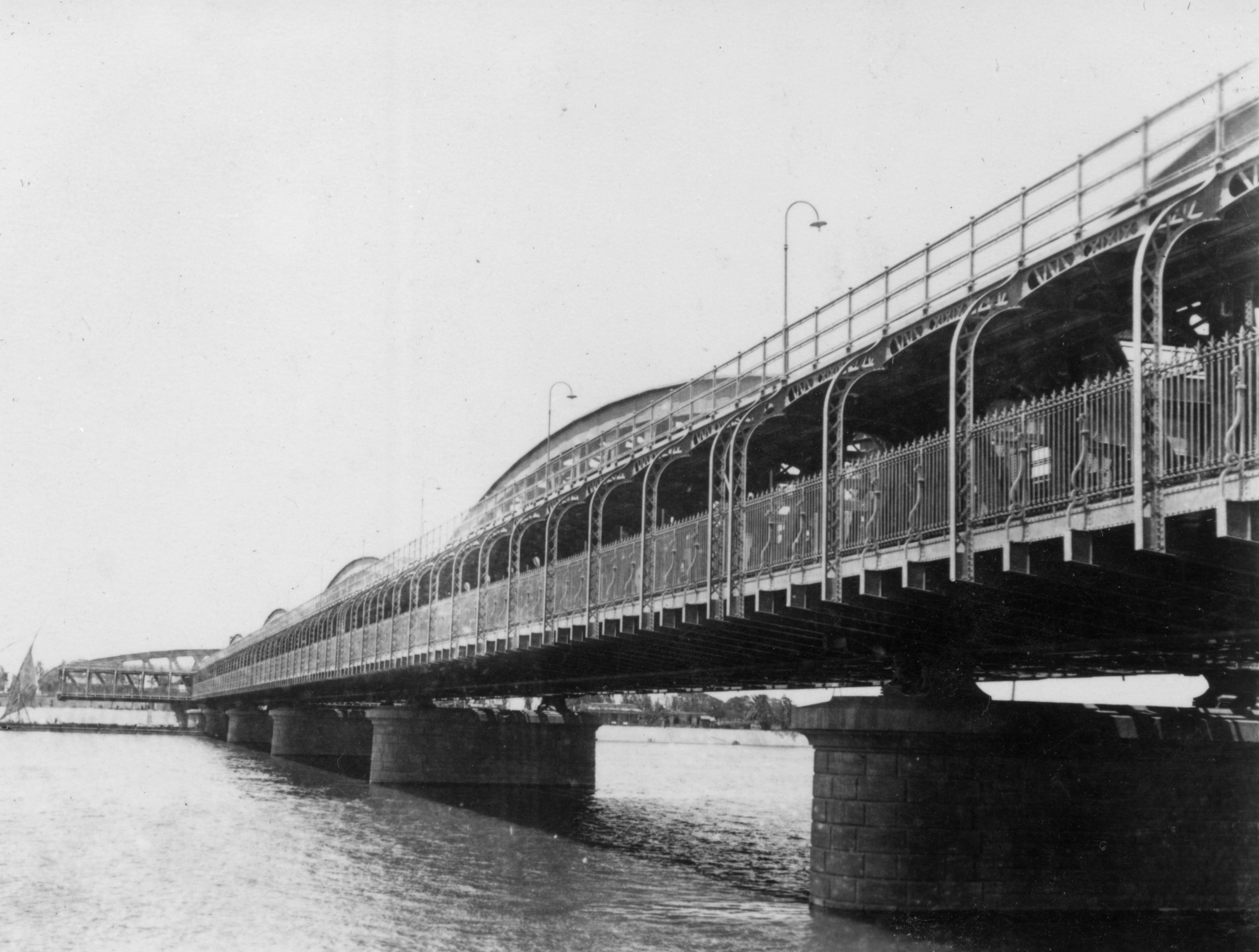
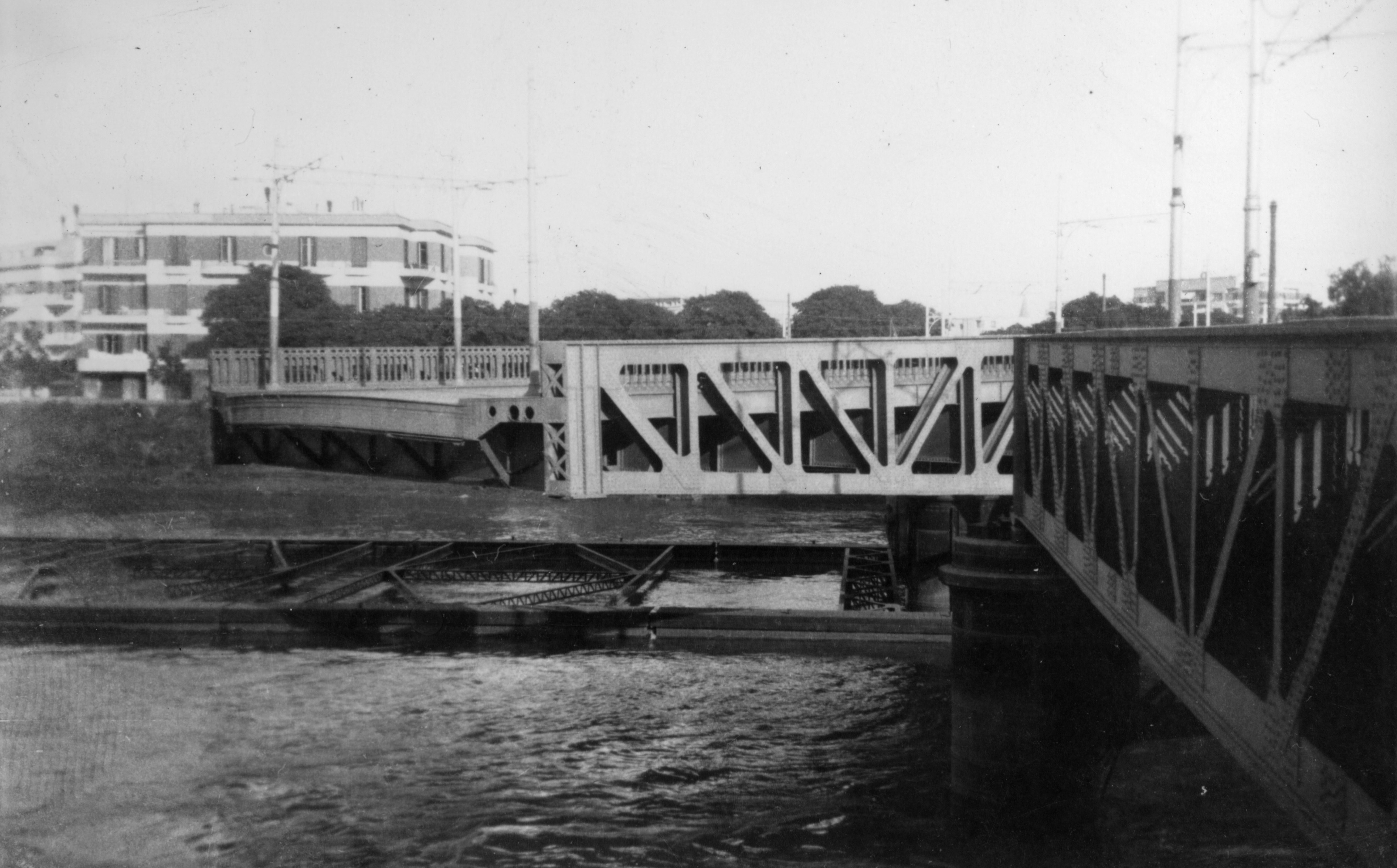
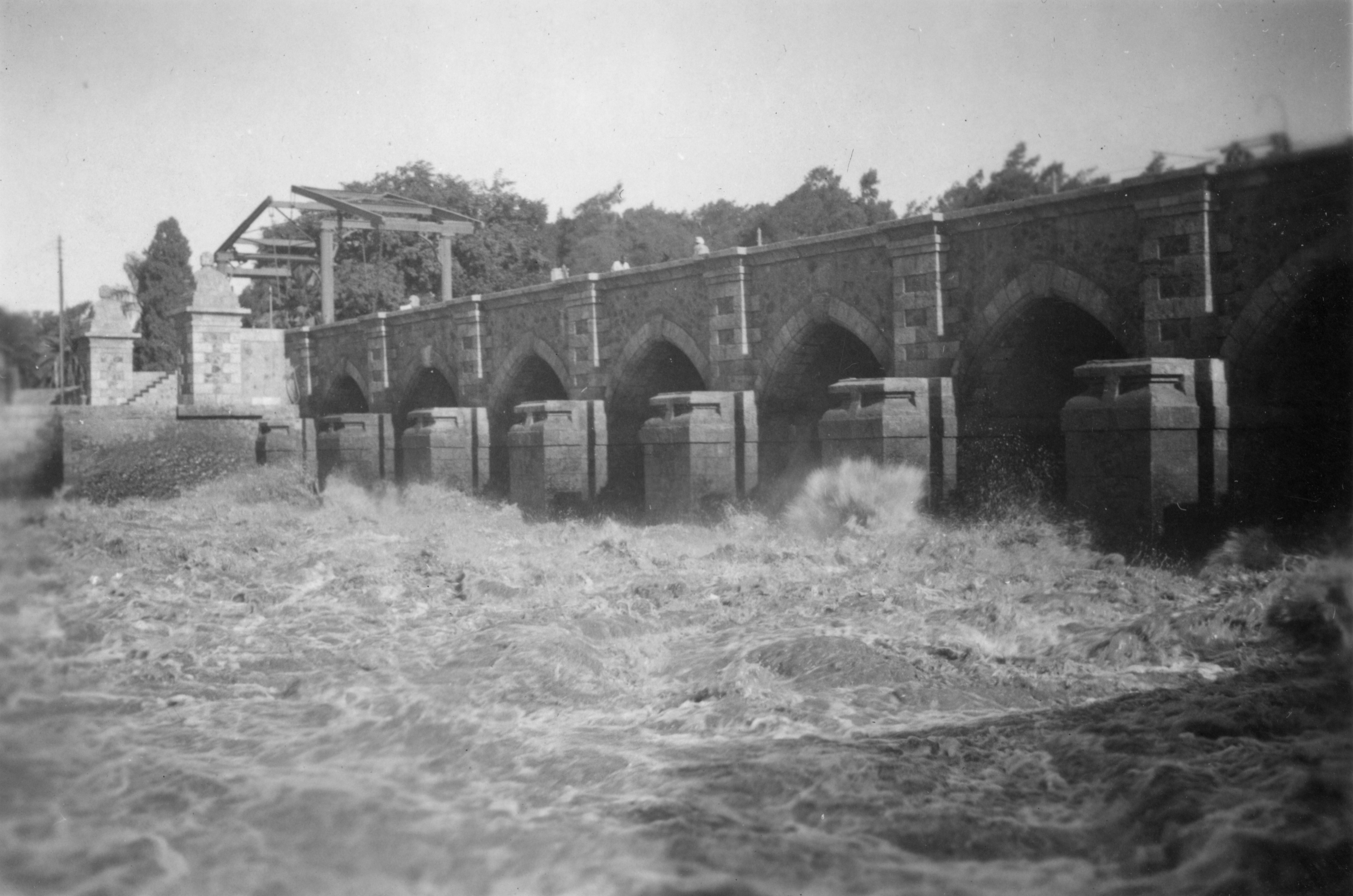
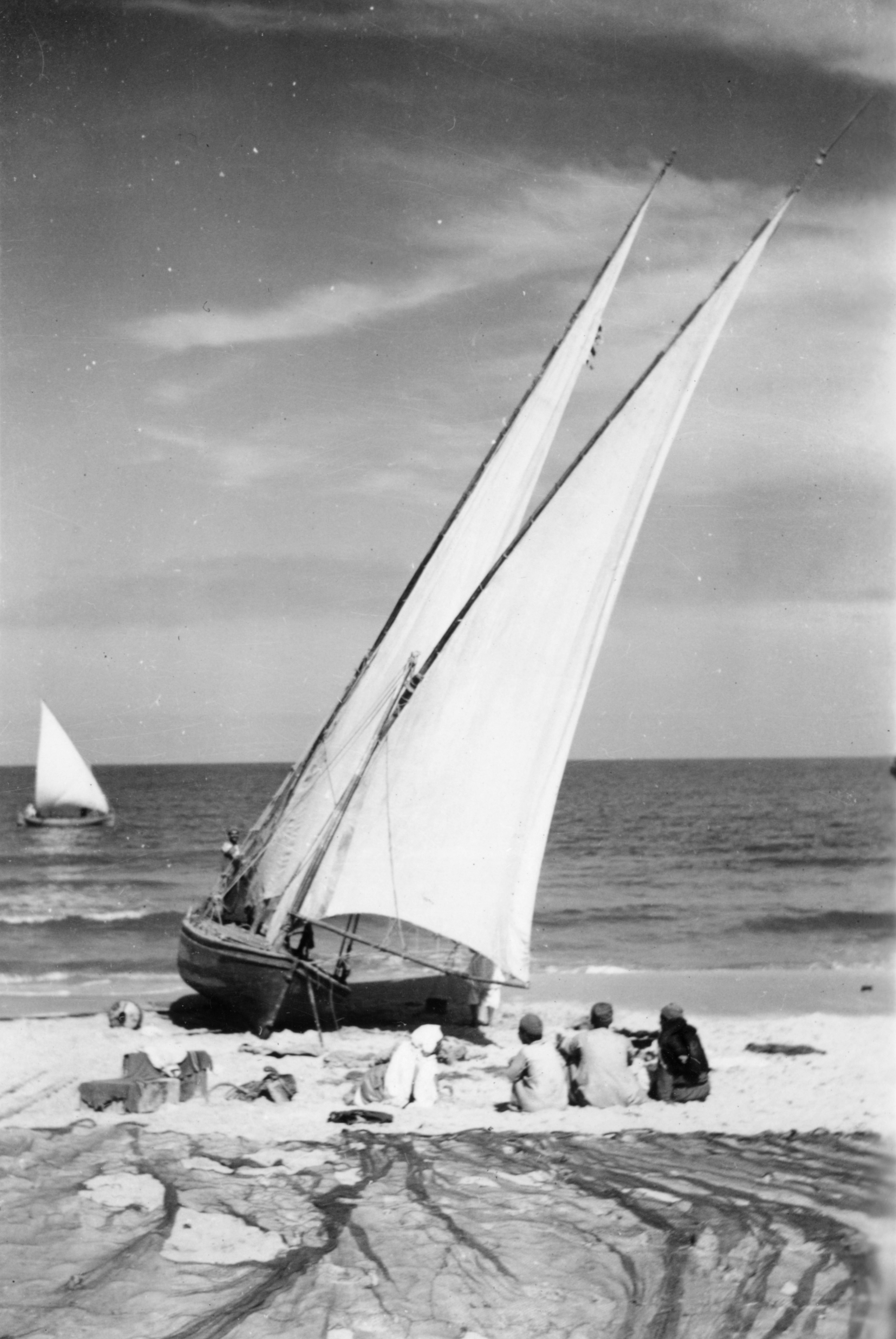





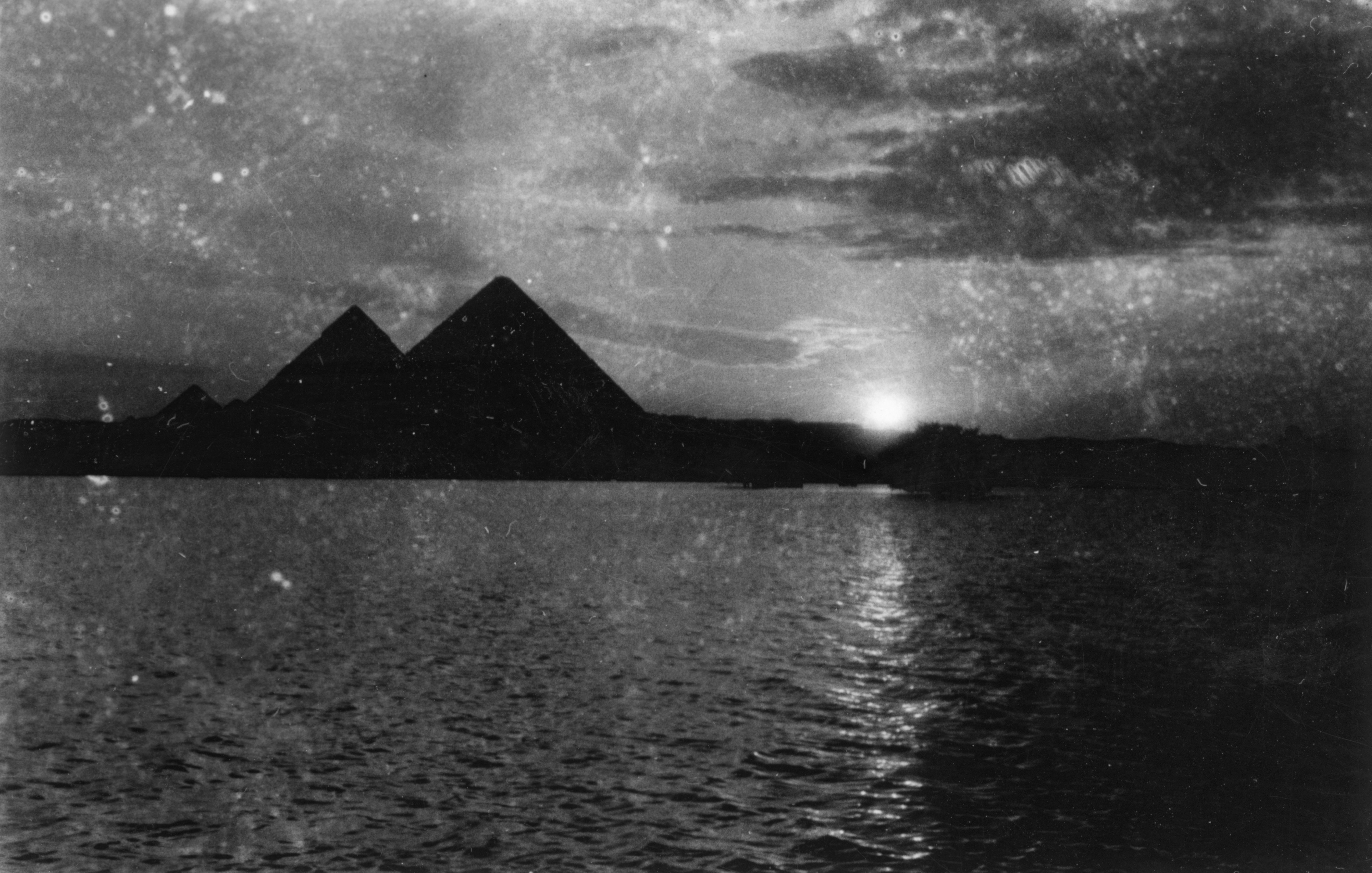

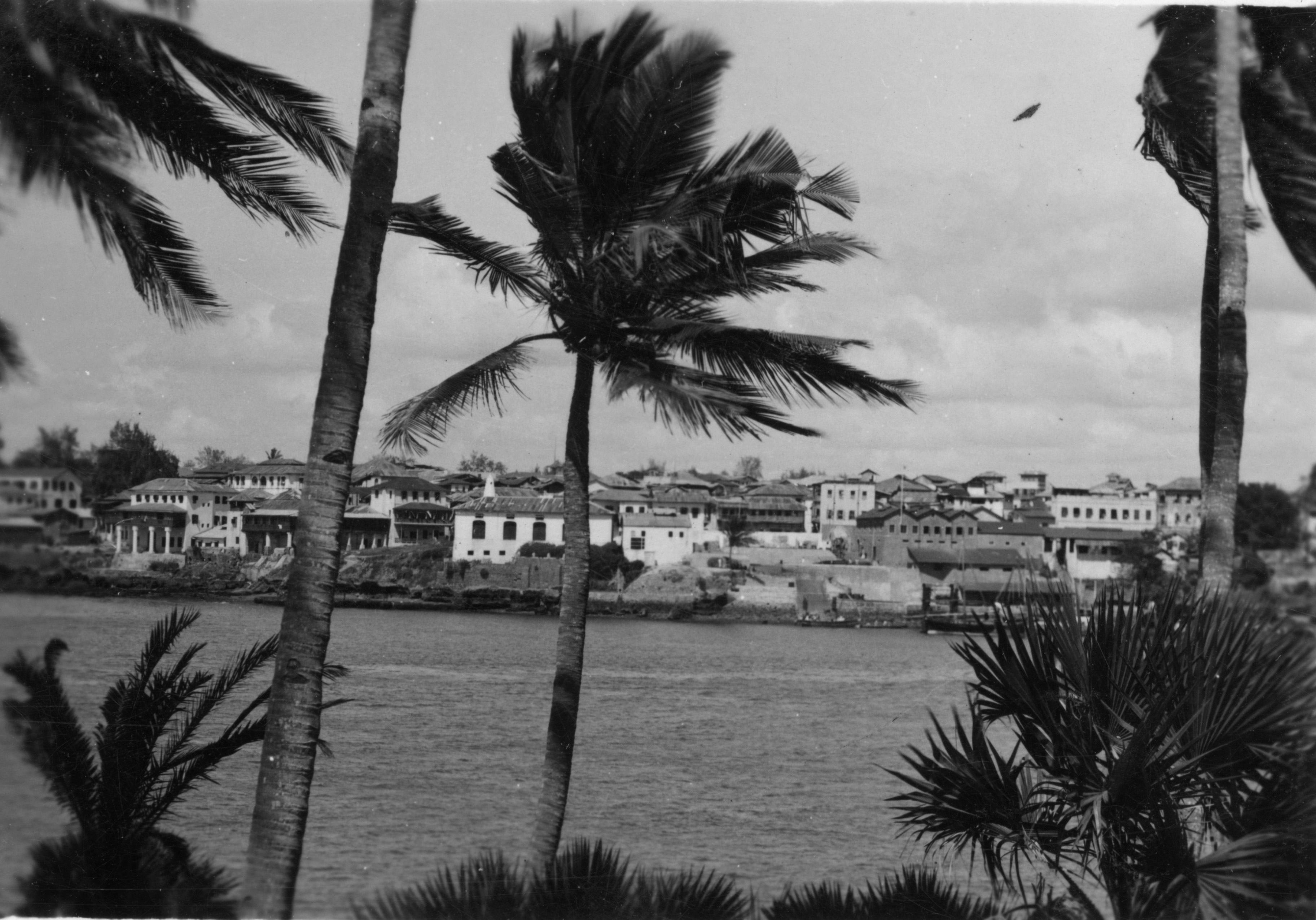
I love all my black and white 1940s photos, but I totally love the feluccas and never tire of looking photos of them. Thanks, my reader, for asking me to take another glimpse into 1940s Nile history.
*****
What’s guaranteed to distract you?
I confess that writing this blog post right now is distracting me from an otherwise engrossing translation project. But I can’t sit writing at the kitchen table all my life. Sometimes I have to get out and get down to the seaside to refuel. And there I’m distracted by small things on the sand.
Strolling along a beach, heading for a rocky outcrop, I’m easily sidetracked by what lies in the drift-line. Mostly it’s broken shells, seaweed, stones, twigs and branches washed up by the high tide. But occasionally something catches my eye from a distance and I leave the water’s edge and head over to take a closer look.
It could be a lost thing. Like a coloured water-ski rope. Somewhere in the Pacific, a water-skier is asking “where did that rope go?” Well, if you’re looking for it, it’s on the beach at Guerilla Bay.
 It could be two lost things. Like shoes. Somewhere along the south-east coast of New South Wales, a young girl is asking “where are my new runners?” Well, they’re on the mud flats of the Clyde River in Batemans Bay. Did they wash off the side of a boat?
It could be two lost things. Like shoes. Somewhere along the south-east coast of New South Wales, a young girl is asking “where are my new runners?” Well, they’re on the mud flats of the Clyde River in Batemans Bay. Did they wash off the side of a boat?  It could be a heart. Did someone lose their heart on the beach at Guerilla Bay? Because, well, I found one. Is it yours?
It could be a heart. Did someone lose their heart on the beach at Guerilla Bay? Because, well, I found one. Is it yours? The WordPress people have asked this week for photos of our distractions.
The WordPress people have asked this week for photos of our distractions.
But enough of this blogging distraction. Back to the project.
*****
August in Canberra is a little warmer than July when dawn was a few degrees below zero. Now we’re slowly moving back towards the sun and the wattle trees are coming out in bloom, producing bursts of bright yellow in the bushland. Today I went up Black Mountain to our telecommunication tower known as Telstra Tower, where I saw the interesting combination of our iconic wattle and the tower, a structure that can be seen from far outside Canberra, a landmark that tells travellers they’re almost here.
If we are enjoying delightful afternoons, warm enough to sit in the sun to catch ten or twenty minutes of Vitamin D infused rays, our nights are still freezing and frosty, and the further you go above sea level the frostier it is. On Black Mountain there’s a warning sign for those driving or riding or even walking up and especially down the slope in the early hours of the morning: Ice on road. When I took photos this afternoon it was a lovely 14 degrees and this cyclist was haring down the mountain, around its curves. His wheels made a loud whirring sound as he passed me.
Here’s some evidence of August’s two weathers. Yes it’s a good afternoon for riding downhill at speed, but after the night’s frost a cyclist could be sliding not riding.

Cardinal Guzman had the idea of posting a photo of changing seasons each month. Thanks Cardinal.

*****
I have often thought that many a youngster when he was hit out there on the Passchendaele heights … and he knew that the end had come – must have thought to himself: “well at least they’ll remember me in Australia”. C.E.W. Bean
We all have ancestors but not all of us study their lives. I do, but I don’t know whether I’d recommend it. Many of my ancestors died young, which means I’m a descendant of the few survivors. And every young loss has a tragic story behind his or her death.
Two brothers who enlisted in the army together, numbers 5046 and 5047, James and Frederick Burley, were my great-grandmother’s cousins. Both of their lives ended in France in 1917. Frederick was never found.
But James was wounded in one of the horrific battles in Passchendaele near Ypres in Belgium, died in hospital in Rouen, France, and is buried there. This week, news articles are appearing about the commemorations of the hundred years that have passed since the Ypres battles. By coincidence, James Burley had his name projected onto the Australian War Memorial last night. I was there to see it for the 30 seconds it was shining on the facade of the building.

Like many Australians, I have descended from a convict ancestor, Joseph Burley, who was transported to New South Wales for trying to sell a stolen watch. Seven years he got. Pretty harsh penalty for a pretty petty crime.
Frederick and James Burley were his grandsons.
James was wounded on 20th October when his battalion was fighting near Zonnebeke in the region of Ypres, where 30 mm of rain had fallen two weeks earlier. Not only was the ground wet from heavy rain, but parts of the battlefield were swamp or reclaimed swamp, and digging and shelling only produced more water.

Note from War diary for James’ 47th battalion, 12th October 1917: Country almost impassable being very boggy and shell holes full of water… Weather very bad, cold, raining… Men’s feet very sore owing to continually standing in shell holes full of water…
James died seven days after he was wounded. He was 32 and had got married the year before.
*****
This is the last of my relatives’ names to be projected onto the War Memorial. Five in all.
I have so little to complain about.
*****